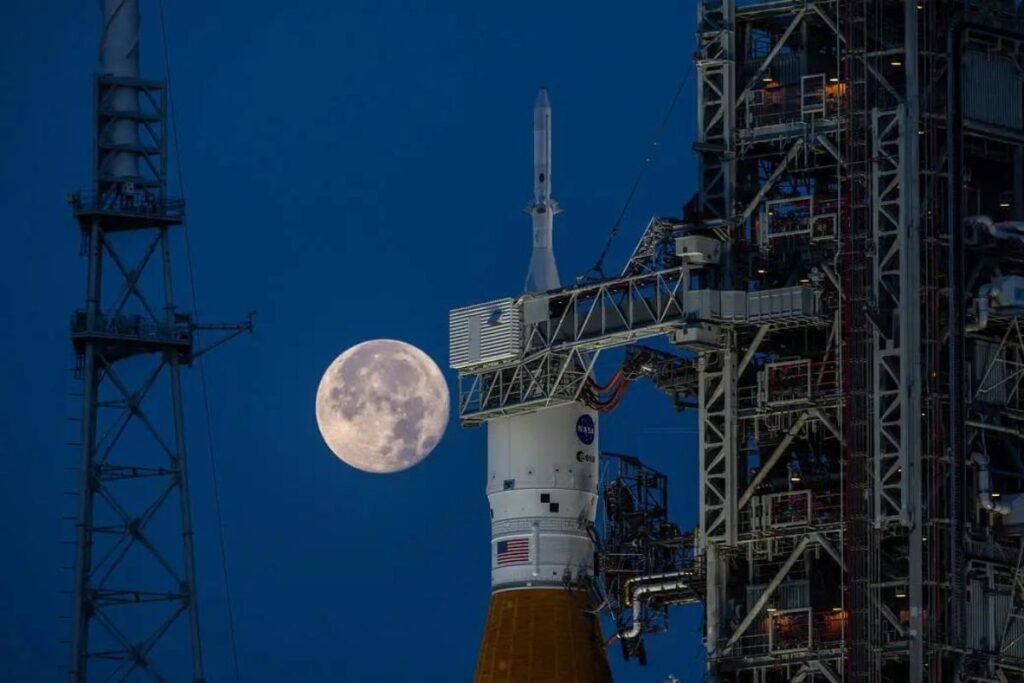Artemis III Mission: A Postponed Milestone
NASA has announced that the Artemis III mission, planned to mark humanity’s return to the Moon since the Apollo program, is delayed until at least September 2026. This postponement represents a significant setback from the original 2025 schedule.
SpaceX and the Development of Starship

One of the main reasons for the delay is the development of SpaceX’s Starship, which faced explosions in two tests in 2023. This rocket and spacecraft system is crucial for transporting astronauts to the Moon’s south pole.
Technical and Regulatory Challenges
Beyond technical challenges, SpaceX must also overcome regulatory barriers and resolve issues like in-orbit refueling, essential for lunar travel.
Impact on Spacesuits
Another factor contributing to the delay is the development of spacesuits, with expected engineering delays for these essential pieces of equipment.
Artemis II: New Date After Technical Issues
NASA has also postponed the Artemis II mission, now scheduled for September 2025. Issues with the Orion crew capsule and its life support system were pivotal for this delay.
The New Space Race
Renewed international ambitions, especially from China, intensify the 21st-century space race. China has already conducted robotic landings on the Moon and plans to send astronauts by the end of the decade.
NASA’s announcement about the postponement of its manned Artemis missions coincides with a hitch in its robotic lunar exploration initiative, known as the Commercial Lunar Payload Services (CLPS) program.
This program involves collaborations with four companies to create landers for transporting scientific tools and other materials to the moon. Unfortunately, the inaugural launch of one such lander, the Astrobotic Peregrine, was unsuccessful, failing just hours after its launch on Monday. Currently, the team is determining the best course of action for the lander, which is depleting its fuel on its way to the moon.
Our Honest Opinion: Challenges and Persistence
Despite the delays, NASA continues to lead the way in lunar exploration. These challenges are reminders of the inherent obstacles in space exploration but also testimonies to human persistence in reaching the unknown.
You may also like:
- Samsung Galaxy Ring: A Revolution in Wearable Technology
- Unveiling Artificial Intelligence in 2024: Advances, Challenges, and the Future of AI
- Solar Shield in Space: A Bold Vision for Climate Change Mitigation
- Wind Trees: Transforming Urban Spaces with Renewable Energy
- Mastercard AI Revolution: A Leap in Fraud Detection
Source: Space flight now

